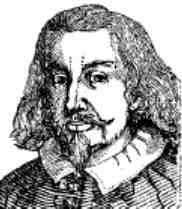| Years in Sweden: | 1541 1542 1543 1544 1545 1546 1547 |
| Centuries: | 15th century · 16th century · 17th century |
| Decades: | 1510s 1520s 1530s 1540s 1550s 1560s 1570s |
| Years: | 1541 1542 1543 1544 1545 1546 1547 |

Events from the year 1544 in Sweden
| Years in Sweden: | 1541 1542 1543 1544 1545 1546 1547 |
| Centuries: | 15th century · 16th century · 17th century |
| Decades: | 1510s 1520s 1530s 1540s 1550s 1560s 1570s |
| Years: | 1541 1542 1543 1544 1545 1546 1547 |

Events from the year 1544 in Sweden
| | This section needs expansion. You can help by adding to it. (July 2015) |
| | This section needs expansion. You can help by adding to it. (July 2015) |
| | This section needs expansion. You can help by adding to it. (July 2015) |